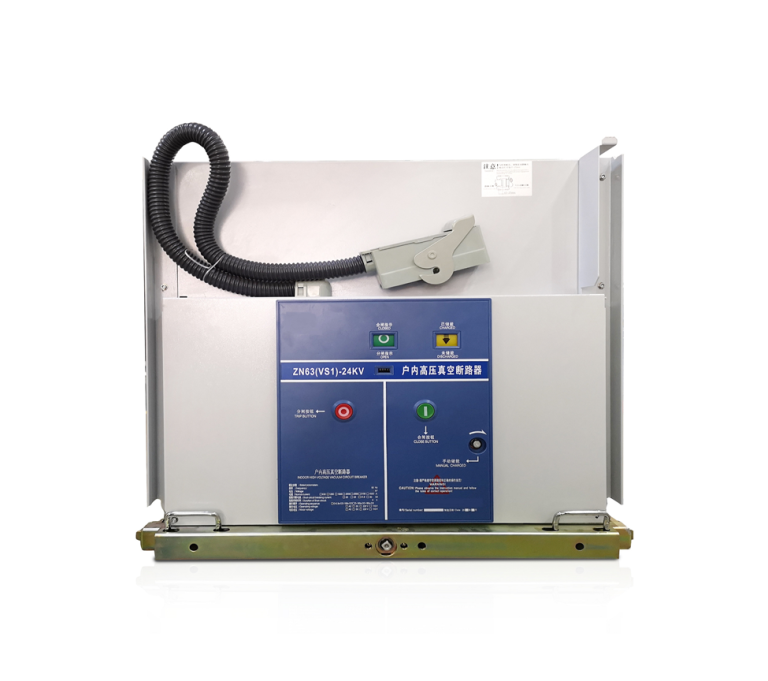Function Description
The ADDM function is used to convert a character string into an address that can be used directly by the following communication functions: READ_VAR, WRITE_VAR, INPUT_CHAR, PRINT_CHAR, DATA_EXCH, SEND_EMAIL.
The additional parameters EN and ENO can be configured.
FBD Representation

LD Representation

IL Representation
LD Addr_String
ADDM
ST Addr_Array
ST Representation
Addr_Array := ADDM(Addr_String);
Input Parameter Description
The following table describes the input parameter:
| Parameter | Type | Comment |
|---|---|---|
| IN | Character string | Device address on bus or network. |
The input is the concatenation of up to three elements that can take various values. Each element is optional:
| Output port used locally to reach the target equipment: | Target equipment | Service to reach in the target equipment: |
|---|---|---|
| r.m.c Netlink NOTE: in the first case, the channel number c is optional | {hostAddr} node {hostAddr}node | SYS MBS SMTP TCP.MBS CON.CIP UNC.CIP |
Definitions:
- Netlink: network name set in the Net Link field of Ethernet channel
- hostAddr: IP address of the host we want to reach.
- r: rack number of the communication channel
- m: module position of the communication channel
- c: communication channel number
- node: Modbus or CANopen node behind a gateway (gateway identified with hostAddr)
- SYS: for addressing the system server
- MBS: for addressing the Modbus system server (same as SYS)
- SMTP: for addressing the SMTP server
- TCP.MBS: for addressing a TCP Modbus server
- CON.CIP: for addressing a connected equipment through Ethernet/IP
- UNC.CIP: for addressing an unconnected equipment through Ethernet/IP
NOTE: For Modicon M580 CPU, to configure a communication through the CPU Ethernet port, r=0, m=0 and c=3.
List of different use cases:
| Address syntaxes | Comment |
|---|---|
| ‘{hostAddr}’ ‘{hostAddr}SYS’ ‘{hostAddr}TCP.MBS’ | To access the hostAddr by the nearest configured Netlink from the CPU. Example: ADDM(‘{192.168.2.3}TCP.MBS’). |
| ‘Netlink{hostAddr}’ ‘Netlink{hostAddr}SYS’ ‘Netlink{hostAddr}TCP.MBS’ | To access the hostAddr by the Netlink Ethernet network defined in the Unity Pro Project Browser Communication → Networks. Example: ADDM(‘Ethernet_1{192.168.2.3}SYS’). |
| ‘Netlink{hostAddr}node’ | To access the node behind the ‘Netlink{hostAddr}’ gateway, it can be a Modbus TCP server ID or a serial Modbus slave managed by the gateway. Example: ADDM(‘Ethernet_1{192.168.2.3}255’). |
| ‘r.m.c{hostAddr}’ ‘r.m.c{hostAddr}SYS’ ‘r.m.c{hostAddr}TCP.MBS’ | To access the hostAddr by giving the rack, module and channel of the Ethernet module. Example: ADDM(‘0.0.3{192.168.2.3}’). |
| ‘r.m.c{hostAddr}node’ | To access the node behind the ‘r.m.c{hostAddr}’ gateway, it can be a Modbus TCP server ID or a serial Modbus slave managed by the gateway. Example: ADDM(‘0.0.3{192.168.2.3}255’). |
| ‘r.m.c{hostAddr}CON.CIP’ ‘r.m.c{hostAddr}UNC.CIP’ | To access an equipment through an Ethernet/IP network, the suffix CON.CIP is used if the Equipment is connnected (a link is still established with it) and UCN.CIP if it is not connected. Example 1: ADDM(‘0.0.3{192.168.20.34}CON.CIP’) for a Modicon M580 Ethernet CPU. Example 2: ADDM(‘0.4.0{192.168.20.34}CON.CIP’) for a Modicon M340 with a BMX NOC in the slot 4 of rack 0. |
| ‘r.m.c’ ‘r.m.c.SYS’ | To access the channel system of a Modbus channel or to send data through a Character Mode Link. NOTE: c= 0 or 1. Example: ADDM(‘1.5.0.SYS’). |
| ‘r.m.c.e’ ‘r.m.c.e.MBS’ | To access the Modbus serial slave equipment server. NOTE: c= 0 or 1, e=1 to 247. Example: ADDM(‘1.5.1.54.MBS’). |
| Specific case for M340 CPU with CANopen embedded:’0.0.2.e’ | To access the CANopen slave e server. NOTE: e=1 to 127. Example: ADDM(‘10.0.2.67’). |
Examples with Modicon M340:

In the following examples, the third syntax element is not used:
| Device to address | ADDM syntax |
|---|---|
| Device #4 on CANopen link | ADDM(‘0.0.2.4’) |
| ASCII printer on CPU serial link | ADDM(‘0.0.0’) |
| Device whose address is 192.168.100.10 on a NOE Ethernet link | ADDM(‘0.3.0{192.168.100.10}’) ADDM(‘Ethernet_1{192.168.100.10}’) |
| Modbus device #4 behind Ethernet gateway whose address is 192.168.100.18 on NOE Ethernet link | ADDM(‘0.3.0{192.168.100.18}4’) ADDM(‘Ethernet_1{192.168.100.18}4’) |
For further information, please refer to M340 PLCs addressing overview of user manual Communication Architectures.
Output Parameter Description
The following table describes the output parameter:
| Parameter | Type | Comment |
|---|---|---|
| OUT | ADDM_TYPE Array of 8 integers | Array representing the address of a device. This parameter can be used as an input parameter for several communication functions. |
The ADDM block analyses the addressing string syntax (parameter IN) and puts the result into an 8 single integers array which defines the destination address. The destination address can be provided either by the OUT parameter of the ADDM function or directly by an array of 8 INT objects. However, it is strongly recommended to use the ADDM function to address a communication EF.
The destination address’ structure is as follows:
| Field | Size | Value |
|---|---|---|
| Type | Byte | Reserved. |
| ClientID | Byte | Reserved. |
| Rack | Byte | Rack slot number. |
| Slot | Byte | Module slot number. |
| Channel | Byte | Channel number. |
| ProtId | Byte | Reserved. 0 for Modbus. |
| AddrLen | Byte | This byte can have the following values: value 0 if module or channel server is addressed (neither UnitId nor AddrExt is used) value 1 if device number is specified value >1 if AddrExt is also used |
| UnitId | Byte | Device number, Modbus device for example. |
| AddrExt | 4 Integers | Reserved. It is used to encode additional address information for TCP/IP addresses. |


